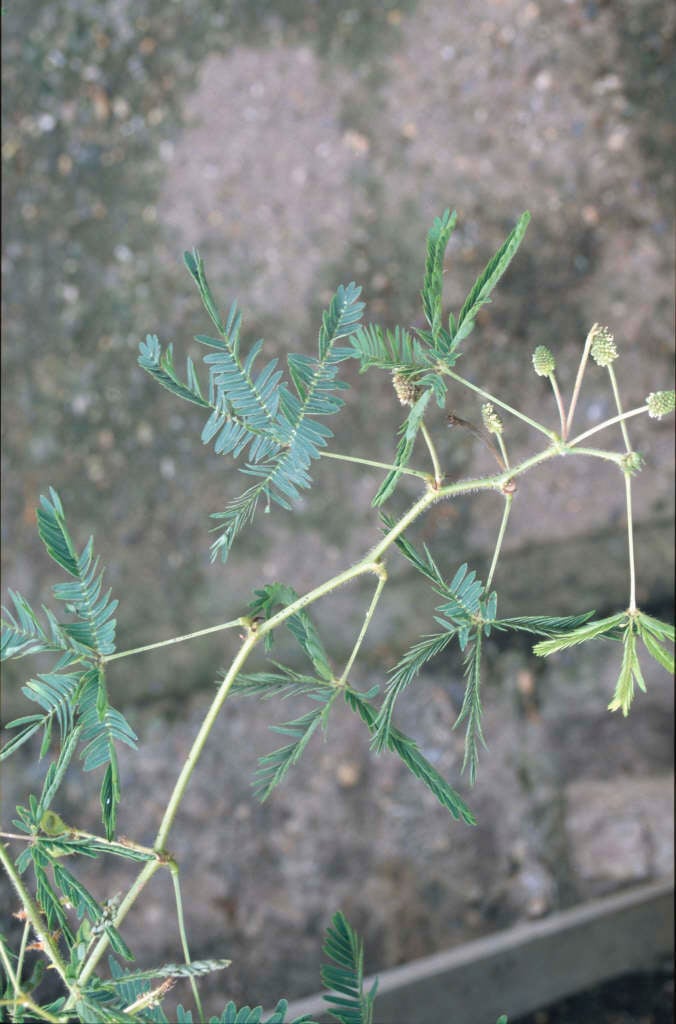Mimosa pudica
sensitive plant
A spiny annual or short-lived evergreen perennial of low, spreading habit, with divided leaves that are sensitive to touch, and fluffy pale pink or pale purple flowerheads in summer
Other common names
action planthumble plant
see morelive and die
sensible plant
shame plant
touch-me-not

Buy this plant
Size
Ultimate height
0.1–0.5 metresTime to ultimate height
1–2 yearsUltimate spread
0.5–1 metresGrowing conditions
Moisture
Moist but well–drainedpH
Acid, Alkaline, NeutralColour & scent
| Stem | Flower | Foliage | Fruit | |
| Spring | Green | |||
|---|---|---|---|---|
| Summer | Pink Purple | Green | ||
| Autumn | Green | |||
| Winter | Green |
Position
- Full sun
- Partial shade
Aspect
West–facing or South–facing
Exposure
Sheltered Hardiness
H1BBotanical details
- Family
- Fabaceae
- Native to GB / Ireland
- No
- Foliage
- Evergreen
- Habit
- Bushy
- Genus
Mimosa can be annuals, evergreen perennials, shrubs or trees with spiny stems bearing 2-pinnate leaves and spherical heads of tiny flowers with prominent stamens
- Name status
Correct
- Plant range
- Brazil
How to grow
Cultivation
Grow in a heated glasshouse where temperatures fall no lower than 13°C (55°F) in winter. Use a peat-free, loam-based compost in containers or in the glasshouse border. In the growing season, water moderately and apply a balanced liquid fertiliser monthly. In winter, less water is required. A position in full light, but shaded from hot sun is ideal
Propagation
The best method is to propagate by seed at 18-24°C (64-75°F) in spring. Soak the seed overnight before sowing. Can also be propagated by taking softwood cuttings with bottom heat in early summer
Suggested planting locations and garden types
- Patio and container plants
Pruning
No pruning required
Pests
Glasshouse red spider mite can be a problem
Diseases
Generally disease-free
Get involved
The Royal Horticultural Society is the UK’s leading gardening charity. We aim to enrich everyone’s life through plants, and make the UK a greener and more beautiful place.